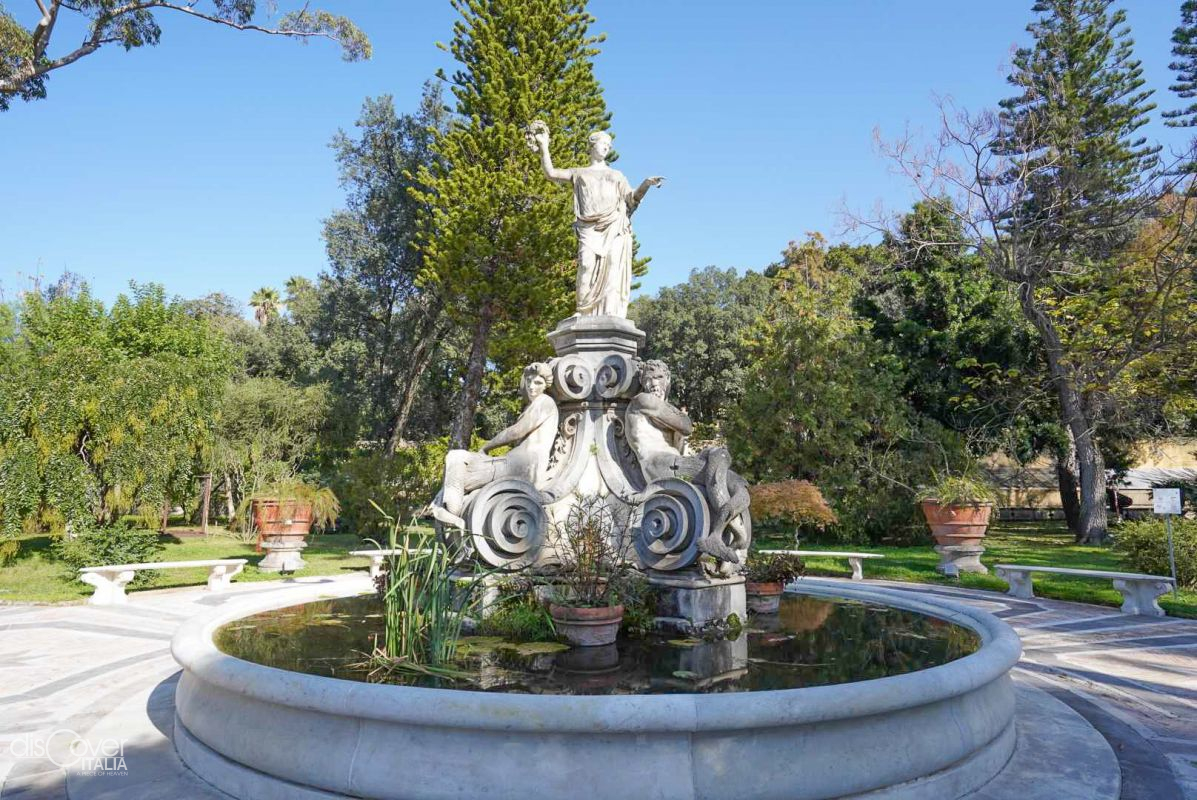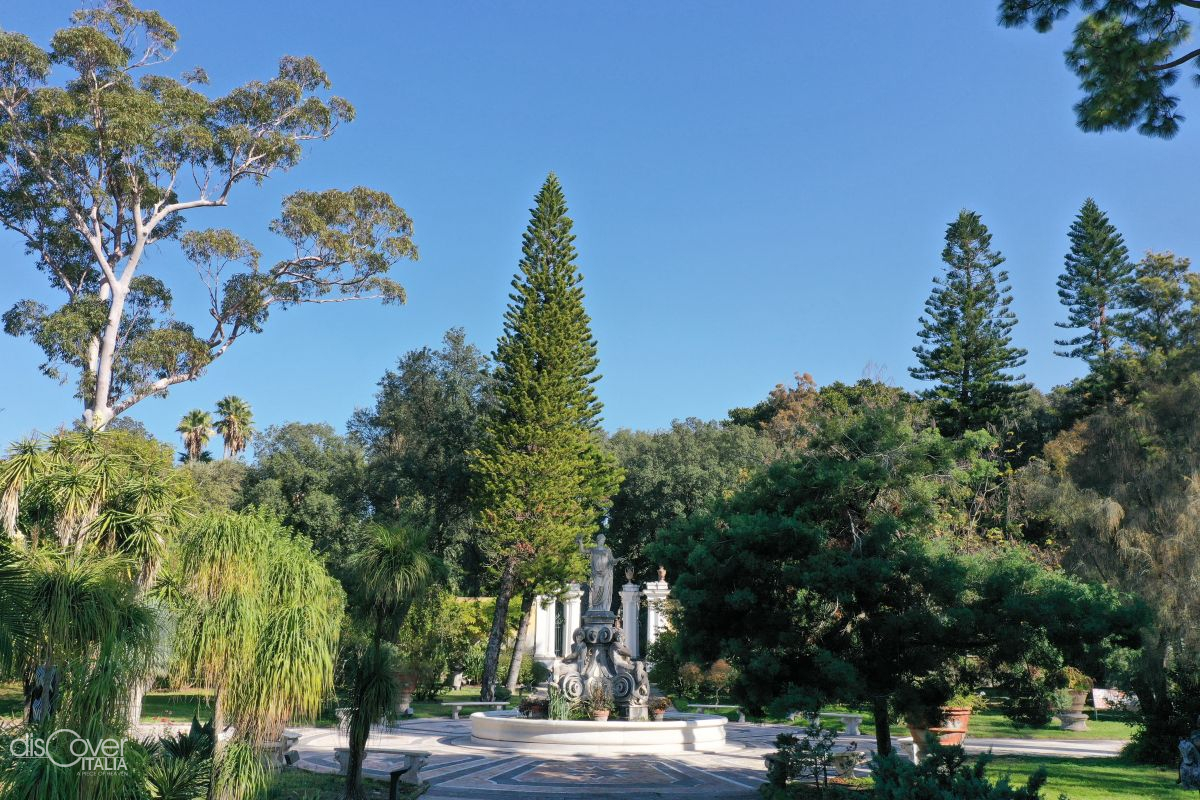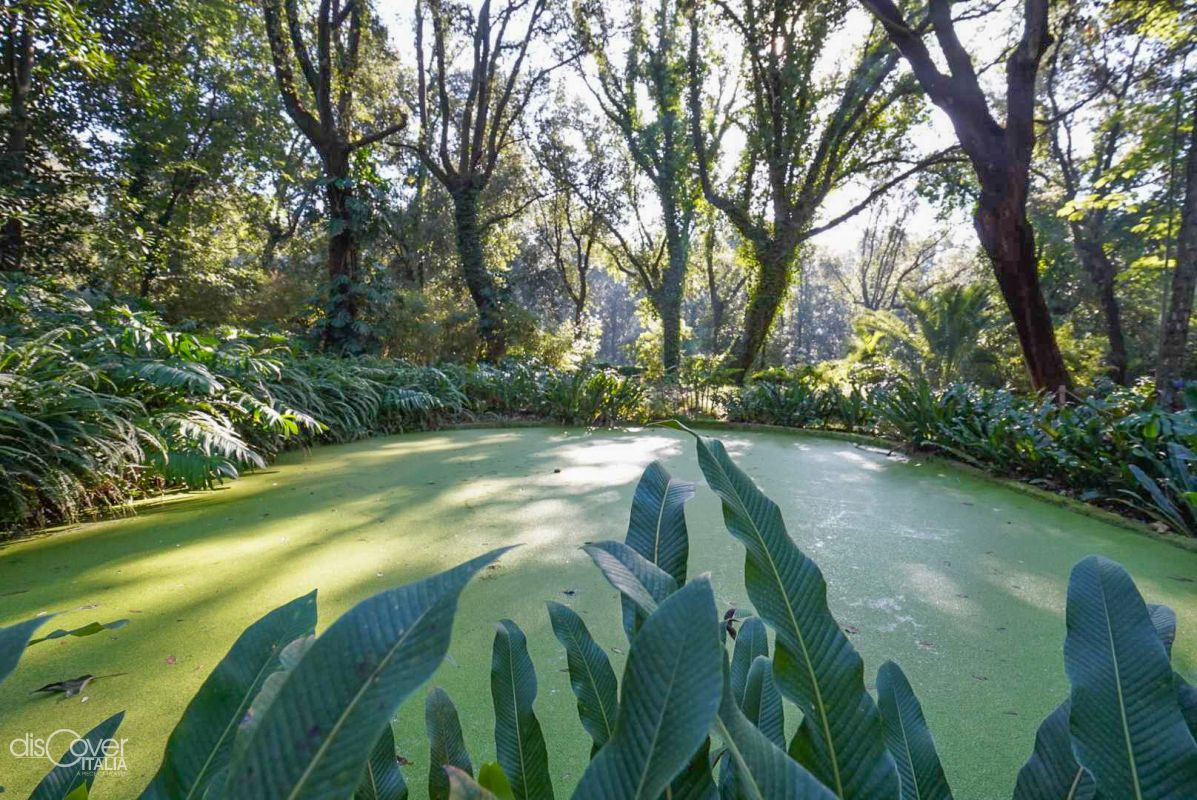That stretch of coast on the slopes of Vesuvius has already conquered at the beginning of the 17th century the d’Elboeuf Duke, Emmanuel Maurice of Lorraine, who asked the architect Ferdinando Sanfelice to build a magnificent villa on the sea. Settled in Portici, the noble of ancient European lineage, after having known about some ancient pieces discovered digging a well in Herculaneum, near his property, had personally dedicated himself to some research in the subsoil and had found precious finds which had embellished the interiors of his residence, marking this way the beginning of the exploration of the ancient Herculaneum.
 Twenty years later, in 1738, King Charles of Bourbon and Queen Maria Amalia luckily arrived in Portici. Their boat had to approach hastily, because of a sudden storm. The sovereigns were welcomed by the Duke and stayed there. It is said that remained so enchanted by the view that could be admired from that corner of the Gulf and by the beauty of d’Elboeuf Villa that they decided to have a new palace there.
Twenty years later, in 1738, King Charles of Bourbon and Queen Maria Amalia luckily arrived in Portici. Their boat had to approach hastily, because of a sudden storm. The sovereigns were welcomed by the Duke and stayed there. It is said that remained so enchanted by the view that could be admired from that corner of the Gulf and by the beauty of d’Elboeuf Villa that they decided to have a new palace there.
The works started by acquiring by the the sovereigns’ will the land necessary for the construction and the park which had to surround it. The first interventions were carried out by the military engineer Medrano, but for his summer residence the king activated the Roman architect Antonio Canevari, who in the same year launch the construction of another palace, in Capodimonte.
 During the excavation for the new edifice, several ancient structures of Roman period were found, some of which belonged to a temple, of which twenty-four marble columns remained.
During the excavation for the new edifice, several ancient structures of Roman period were found, some of which belonged to a temple, of which twenty-four marble columns remained.
Non very large, the new palace had a square plan, with a facade with terraces closed by balustrades.
On the courtyard, in addition to the barracks of the Royal Guards and the small court theatre, there was the scenographic staircaise that led to the main floor with the royal apartment. To decorate it, the best artists of that time were mobilised, such as Giuseppe Bonito, the author of the frescoes. The Louis XIV small living room is of particular value, but a real jewel was created for Queen Maria Amalia, so much enthusiast of ceramic that she promoted in Naples the birth of the Royal Factory of Capodimonte. And the latter created the astonishing porcelain small living room, which then the Savaoy will dismantle to rebuild it in the room, now 52, of Capodimonte Museum.
Outside, the park extended, reaching the sea from the slopes of Vesuvius. Its upper part, towards the volcano, was a wooded area where the king and the court also went hinting. In the lower part, with long avenues descending towards the sea, there was the English garden, with the splendid fountains of the Sirens and the Swans and a profusion of Carrara marble statues by Joseph Canart. There was also a field dedicated to the court tennis game, which was very popular at that time among the nobles.
The summer royal palace was completed in 1742 and was the sovereign’s favorite one. They spent long periods there during the summer. However, it was not suitable for hosting the entire court and so, partly in order to be close to the king even during the holiday and partly because they too greatly appreciated the beauty of the place, several nobles bought the land between Portici and Herculaneum to build their villas there. This is how the so-called Golden Mile of the Vesuvian Villas was born.
Meanwhile, the excavations of Herculaneum brought to the surface many important finds, all transferred to the palace on the orders of the sovereign. In 1758 the Herculanense Museum was completed, which the king loved to let his guests visit and which later became an obligatory stop on the Grand Tour like the Golden Mile with its villas.
In 1749 the court theater was replaced by a splendid Palatine Chapel, where red marble columns from the Herculaneum theater were used to support the altar. The chapel was equipped with a pipe organ and Wolfgang Amadeus Mozart also played it when he was in Naples.
 During the French decade, the Napoleonic kings also enjoyed the beauty of the palace of Portici, which was enlarged with two wings outstretched, one towards Vesuvius and the other towards the sea. And if Giuseppe Bonaparte wanted the remaining Herculaneum finds (Ferdinand of Bourbon had brought a large quantity of them to Palermo) to be transferred to the National Archaeological Museum of the capital, Joachim Murat furnished the palace again, in an even more sumptuous way.
During the French decade, the Napoleonic kings also enjoyed the beauty of the palace of Portici, which was enlarged with two wings outstretched, one towards Vesuvius and the other towards the sea. And if Giuseppe Bonaparte wanted the remaining Herculaneum finds (Ferdinand of Bourbon had brought a large quantity of them to Palermo) to be transferred to the National Archaeological Museum of the capital, Joachim Murat furnished the palace again, in an even more sumptuous way.
 When the Bourbon returned to Naples, the palace of Portici remained beloved by King Charles’ heirs. King Ferdinand II asked to build the first indoor riding track. And in the woods a zoo was set up with exotic animals, including an elephant (gift from the sultan). And to underline the value of the Portici palace for the Bourbons, the first railway in Italy also arrived, which was inaugurated with the Naples-Portici route.
When the Bourbon returned to Naples, the palace of Portici remained beloved by King Charles’ heirs. King Ferdinand II asked to build the first indoor riding track. And in the woods a zoo was set up with exotic animals, including an elephant (gift from the sultan). And to underline the value of the Portici palace for the Bourbons, the first railway in Italy also arrived, which was inaugurated with the Naples-Portici route.
With the Savoy the royal frequentation of the Vesuvian palace stopped, definitively ceded in 1872 to the Royal School of Agriculture, which created a botanical garden in the park. Still existing today, it is an integral part of the Faculty of Agriculture of the Federico II University of Naples, which has been based since 1953 in the Royal Delight of Charles and Maria Amalia.
The new Herculanense Museum is a multimedia interpretation of the original one. Multimedia exhibits, video and projected images tell the story of the excavations in the sites of the Vesuvian eruption.
Opening days and times
Winter: 9.30 a.m. - 6 p.m. (last entry at 4 p.m.), Monday closed
Summer: 9.30 a.m. - 7 p.m. (last entry 5 p.m.), Monday closed
Info: +39.081.2532016



Comments powered by CComment